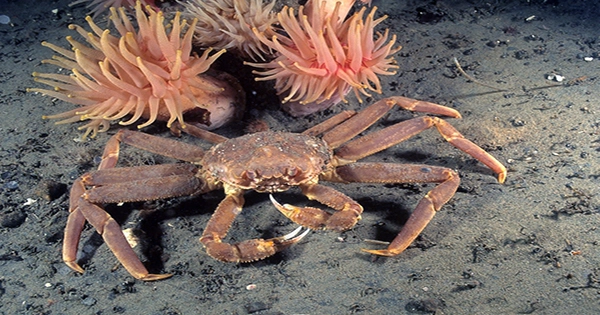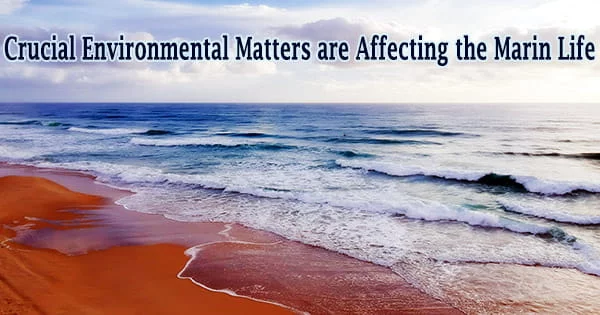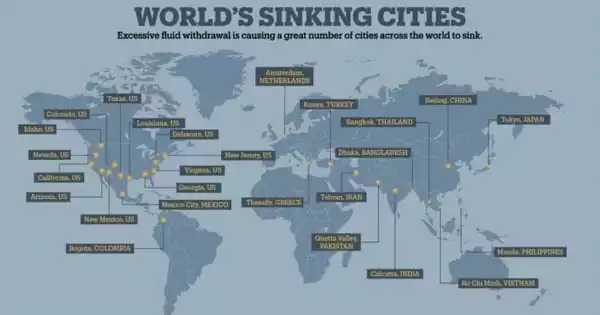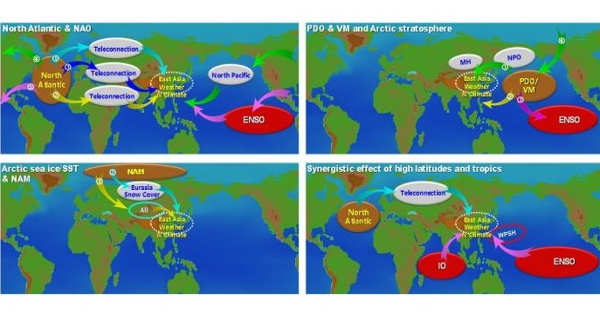Snow crabs are a valued treat at the dinner table and a significant source of revenue for those who capture them because they grow to a substantial size in Alaska. The Alaskan Department of Fish and Game (ADF&G) has for the first time canceled the season, so restaurants and fishing crews will have to find elsewhere this year. The choice is the result of a catastrophic decline in crab populations over the previous two years and concern that, in the absence of protection, the loss would be irreversible.
The crab disaster has undoubtedly been exacerbated by rising temperatures, but scientists are unsure if this is the single (or even the main) cause.
According to a statement from AGDF&G, “ADF&G must balance these impacts with the requirement for long-term protection and sustainability of crab stocks.” Crab fishery closures have a significant negative impact on harvesters, industry, and communities. Given the state of the stock, management of Bering Sea snow crab must now prioritize conservation and rebuilding.
Despite the fact that this is the first time the crab season has been postponed, the population is prone to unpredictable fluctuations, making root reasons difficult to pinpoint. But in Alaska, where temperatures are rising at among of the quickest rates on the planet, any biological changes have an obvious culprit.
It is simple to understand how rising temperatures and declining snow crab populations are related. The newborn crabs develop in areas known as “cold pools” close to the seafloor. The waters there, nourished by ice melting and sinking brine, are typically too cold for crab predators to enter. Naturally, that is under danger due to warmer Bering Sea waters. On the other side, despite decades of rising temperatures, 2018 saw the biggest number of tiny crabs ever recorded.
The region’s unusually hot circumstances in 2019 were undoubtedly a bad omen for the next years. The greatest fall ever seen, the great snow crab crash of 2021, “Was definitely unexpected,” ADF&G’s Miranda Westphal told NBC. “I don’t believe anyone anticipated this,”
Last year, ADF&G permitted the season to proceed with lower quotas despite the disaster. The economy of areas of Alaska that depend on the crabs was hurt by the lower catch, but things will probably get worse this year.
The crabs were located farther north than usual, close to the Russian border, even in recent good years.
Though not everyone believes that warmer temperatures are the only factor at play. A Twitter thread by ecologist Spencer Roberts connected the disaster to what happened to Alaska’s other major export of crustaceans, the red king crab.
Red king crabs were once an equally prolific resource, but their numbers fell sharply in the early 1980s and have never fully recovered. Spencer cites proof that the king crabs’ extinction was related to the fact that they were frequently caught in trawl nets while looking for yellowfin and other fish.
Fisheries biologist Dr. Braxton Dew claimed NOAA personnel willfully misattributed the initial die-off to natural mortality by allegedly falsifying data to make red crab populations appear better than they actually were. If Dew is correct, then this let fishing harvests to go on, pushing the crabs to a position where they will not, if ever, recover for decades.
According to Roberts, fishing trawlers have moved north as a result of sea ice constriction and are now harming snow crabs in the same way that they once did to red king crabs.
It might take some time to determine whether Roberts is telling the truth, but if he is, it must be done by the start of the following fishing season.
















